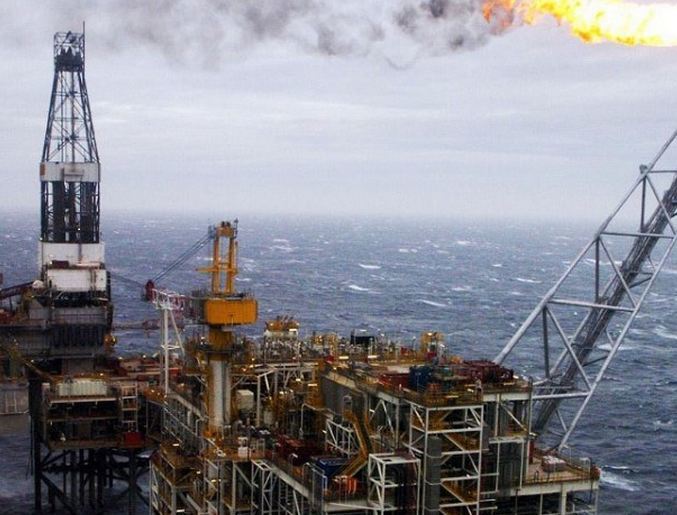
Here comes Canadian oil to douse the hottest rally since 2009.
Money managers reduced bets on rising oil prices by the most in 11 months as Canadian output continued to ramp up after Alberta’s wildfires. The recovery in oil prices remains “fragile” as disrupted supplies return to the market and prolong a global surplus, according to Goldman Sachs Group Inc.
“The biggest fundamental news in the market is that Canadian producers are restarting output,” said Michael Lynch, president of Strategic Energy & Economic Research in Winchester, Massachusetts. “I’m not counting on the other disruptions ending soon but they are already priced in.”
Supply Disruptions
Crude tumbled for six straight days as producers returned to Alberta’s oil sands after last month’s wildfires that removed as much as 1.5 million barrels a day of capacity. Canadian output is expected to ramp up this month and return to normal by mid-July, the International Energy Agency said June 14.
The fires last month helped whittle down a supply glut, spurring prices to a 10-month high on June 9. While Canadian output returns, disruptions in Nigeria and Libya persist.
“A lot of the rally from $40 to $50 was based on the fires in Canada,” said Bill O’Grady, chief market strategist at Confluence Investment Management in St. Louis, which oversees $4.3 billion.
West Texas Intermediate dropped 3.7 percent to $48.49 a barrel on the New York Mercantile Exchange during the report week, and traded at $48.75 at 10:25 a.m. London time on Monday. Prices jumped more than 95 percent from a 12-year low in February, the biggest surge since prices more than doubled in the first half of 2009.
Investors also fled risky assets as concern mounted that the U.K. would vote to exit the EU in a June 23 referendum.
“Even though it doesn’t mean a lot for oil it has had a major impact on risk aversion,” said Michael Wittner, the New York-based head of oil-market research at Societe Generale SA. “Longer term, there’s a lot to be concerned about because the disrupted barrels are coming back and inventories remain very high.”
Fragile Recovery
U.S. crude supplies fell by 933,000 barrels to 531.5 million in the week ended June 10, according to the Energy Information Administration, the smallest decline in four weeks. Inventories remain about 33 percent above the five-year seasonal average.
“Absent further sharp rises in disruptions, the market is likely to remain close to balance in June,” analysts at Goldman Sachs including Damien Courvalin said in a June 15 report.
Hedge funds’ net-long position in WTI fell by 41,980 futures and options combined during the week ended June 14 to 191,489, the biggest outright decline since July, Commodity Futures Trading Commission data show. Shorts, or bets on falling prices, rose 24 percent, while longs declined by 7.4 percent.
In other markets, net bullish wagers on U.S. ultra low sulfur diesel increased 14 percent to 16,059 contracts as futures declined 2.6 percent. Net bullish bets on Nymex gasoline tumbled 70 percent to 3,725 contracts, the lowest since November. Gasoline futures decreased 4.1 percent in the period.
Rigs Return
A return of drilling rigs to U.S. shale fields is going to cap prices, said O’Grady and Tim Evans, an energy analyst at Citi Futures Perspective in New York. Active oil rigs in the U.S. increased by 9 last week, capping the first three-week gain since August, Baker Hughes Inc. data show.
“We’re seeing that producers are responding to $50 oil at the margins,” Evans said. “The number of rigs has increased for three weeks now, so it’s looking a lot more like the start of a trend and not a fluke.”
Recommended for you
